iPhone SE specs review – the world's most powerful 4-incher
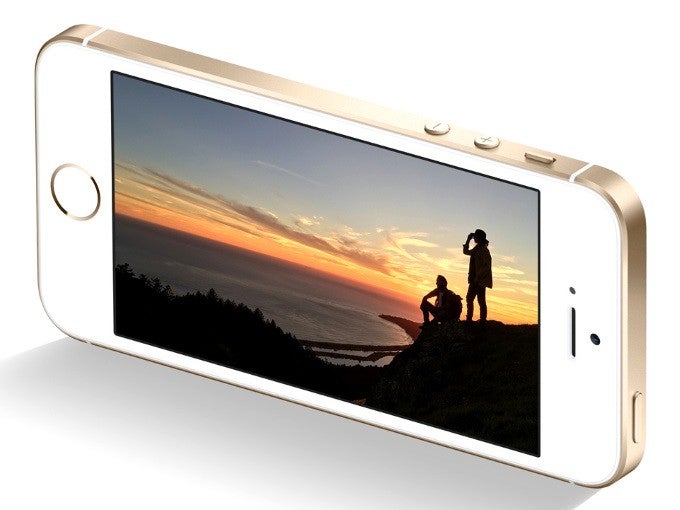
After seemingly converting to big screen diagonals forever and ever, Apple made a calculated step back in time by introducing a brand new 4-inch iPhone. Technically, the smartphone is 90% identical to the iPhone 5s in terms of design, but the things that make it tick have been reimagined from the inside-out. While its size brings it closer to two to three years ago, the hardware inside the recycled bead-blasted aluminum shell screams late 2015. Indeed, the iPhone SE is very much an iPhone 6s on the inside, hence it deserves the prestigious title of the world's most powerful 4-inch smartphone.
Let's dig into the spec sheet of this little monstrosity and see if it can bite with the rest of the big boys!
If you loved the iPhone 5s when it was in its prime, you're going to love the new iPhone SE. If you didn't, well, there are plenty of options out there! Anyway, the 4-incher has the same design from the iPhone 5 era, crafted from bead-blasted aluminum for a satin-like finish, with matte-chamfered edges, and an updated color-matched stainless steel inset Apple logo . It even has the exact same dimensions – 4.87 x 2.31 x 0.30 inches (123.8 x 58.6 x 7.6 mm) – which means your existing case(s) will fit perfectly. There’s still that premium feel to the miniature, boxy-looking device, and in a bit of breaking news, the color options see the addition of Rose Gold to the safe and familiar Gold, Silver, and Gray finishes.
Design
Apple brings the bead-blasted aluminum back to reimagine the iPhone 5 era.
If you loved the iPhone 5s when it was in its prime, you're going to love the new iPhone SE. If you didn't, well, there are plenty of options out there! Anyway, the 4-incher has the same design from the iPhone 5 era, crafted from bead-blasted aluminum for a satin-like finish, with matte-chamfered edges, and an updated color-matched stainless steel inset Apple logo . It even has the exact same dimensions – 4.87 x 2.31 x 0.30 inches (123.8 x 58.6 x 7.6 mm) – which means your existing case(s) will fit perfectly. There’s still that premium feel to the miniature, boxy-looking device, and in a bit of breaking news, the color options see the addition of Rose Gold to the safe and familiar Gold, Silver, and Gray finishes.
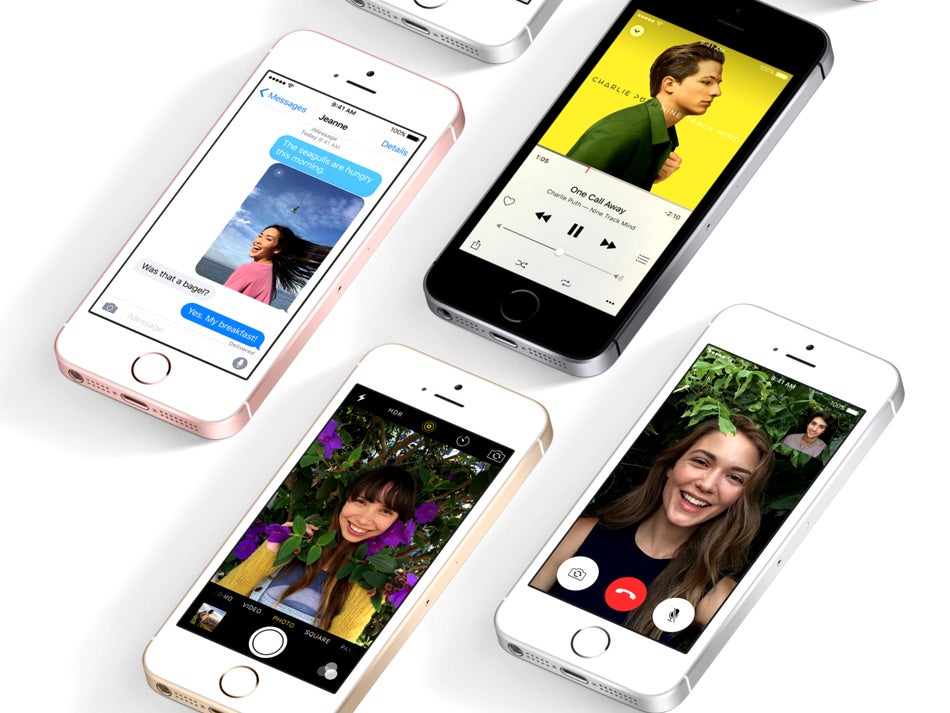
Display
4-inches of Retina love.
The iPhone SE has a 4-inch iPS LCD display with a 640 x 1136 resolution and a pixel density of 326 pixels per inch. This is good enough to make the screen appear reasonably sharp at the typical distance one keeps between their smartphone and retinas. The screen has a 800:1 contrast ratio, 500 cd/m2 maximum brightness, and conforms to the full sRGB color calibration standard. It also has oleophobic coating to resist fingerprints. All in all, this a great display to use both in intense and subdued ambient lighting. And knowing Apple, the panel is going to be quite well calibrated in terms of color reproduction.
Additionally, we believe Apple hasn't deviated from using two old and proven display tricks of its – dual domain pixels to prevent color shifts caused by changing viewing angles, and photo-alignment in the liquid crystal layer to force the LCDs into the right shape. We have no reason to doubt that the iPhone SE's display will be of worse quality than the one on the iPhone 6s, although the omission of 3D Touch technology means it is certainly not as future-proof. And even if Apple decided to simply stick the iPhone 5s' display untouched into the iPhone SE, we'd have no complaints, for it's aged quite fine.

Processor and Memory
The iPhone SE is a little monstrosity powered by the A9 chipset.
Don't let its adorably miniature size deceive you, for the iPhone SE is just as powerful as Apple's state-of-the-art iPhone 6s! That's because both are powered by the same set of internals, that is the A9 64-bit chipset with 2GB of LPDDR4 RAM memory. Upgraders from the iPhone 5s or an older smartphone are in for a fantastic treat, for the iPhone SE's processor is up to two times as powerful, while the graphics unit comes close to being three times faster. With this kind of power on tap, the munchkin can playback and record 4K -resolution video at 30FPS, pull off 720p 240FPS slo-mo, and play the latest and most demanding 3D mobile games. Moreover, the A9 SoC goes shoulder-to-shoulder with the M9 motion co-processor, which takes care of the step-counting, elevation measuring, and listens for the “Hey, Siri” command as the A9 does the heavy-lifting.
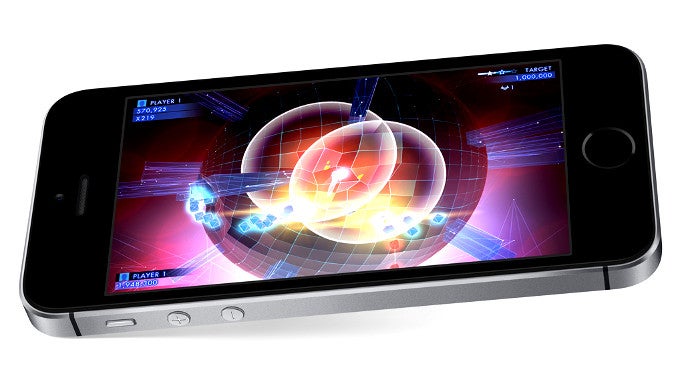
Camera
The 12MP iSight camera is among the best around.
Apple graced the iPhone SE with the same 12 MP iSight rear camera found on the iPhone 6s. This is still one of the best cameras on a smartphone, with five-element lens, hybrid IR filter, backside-illuminated sensor, 1.22 micron-sized pixels and F/2.2 aperture size. It's accompanied by a True Tone flash and relies on software-based image stabilisation. The cam supports Live Photos (photos that move as you touch them on the display), panoramic shots of up to 63MP in size, and boasts improved local tone mapping and noise reduction algorithms. It has 3x digital zoom for bringing elements from the scene closer. In terms of video recording, the camera takes videos in up to 4K resolution at 30 FPS, 1080p at up to 60 FPS, and also does slow-motion capture at 120 FPS for 1080p and 240 FPS for 720p clips.
For one reason or another, Apple kept the front-facing FaceTime camera at just 1.2 MP, which is still fine for video calls and Instagramming the usual subjects like faces, pets, and meals, but hardly great for anything else. Group shots will be a challenge, and you won't behold much fine detail. At least the Retina Flash feature, which momentarily makes the display three times brighter with True Tone® lighting technology to illuminate your face in low light has made it through.
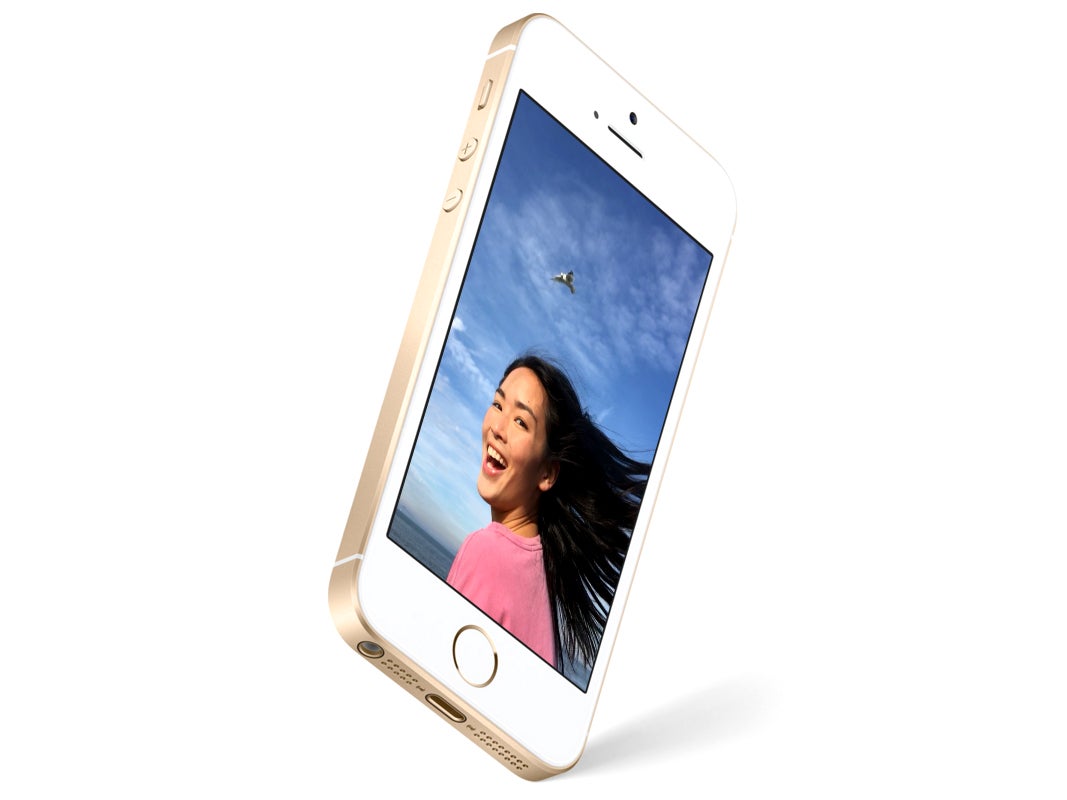
Connectivity
Improved Wi-Fi and NFC for mobile payments.
Connectivity on the iPhone SE is definitely up to speed, for the smartphone offers Wi-Fi 802.11ac support (433Mbps download speeds over Wi-Fi), along with Cat 4 LTE, which is good for downstream speeds of up to 150Mbps. Although this isn't on par with the faster Cat 6 LTE in the iPhone 6s, it does make for a significant improvement over the iPhone 5s. There's also Bluetooth 4.2 support, and in addition to that, the smartphone has an integrated NFC chip that ensures support for mobile payments via Apple Pay.
Expectations
Given the fair $499 price for the unlocked entry-level model and the various wallet-friendly carrier offers, the iPhone SE is bound to sell well for what it is – a niche smartphone for a crowd that doesn't share the majority of users' love for large displays. Additionally, we can see the munchkin inspiring a new wave of no-compromise small smartphones, a front which has been held solely by Sony's Xperia Z Compact handsets.
Reportedly, Samsung already plans to take on the iPhone SE with its Galaxy S7 mini, whose display could stand at a considerably larger 4.6-inches, and the platform of choice to power it will be Qualcomm's premium-tier Snapdragon 820 chipset, or Samsung's own Exynos 8890 chipset – the same hardware found in the flagship Galaxy S7 and S7 edge devices. This would be a precedent for mini variants of Android flagships, for they usually made do with lower tier innards to cut costs.
The Samsung Galaxy S7 mini is also rumored to feature 3GB of RAM and a 12MP flush mounted rear cam with 3X optical zoom (call that one a wild rumor). Although we can't predict how the market is going to develop from now on, we're happy to say that with the iPhone SE, small-screen compact handsets have a feature once again.






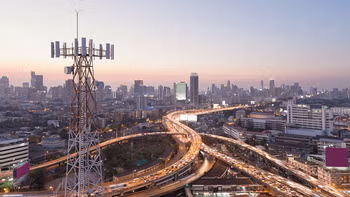
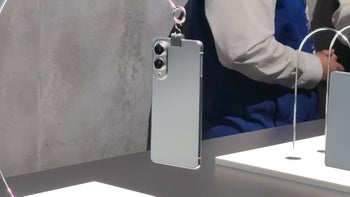
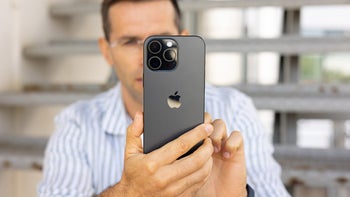
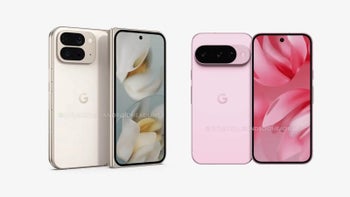


Things that are NOT allowed: